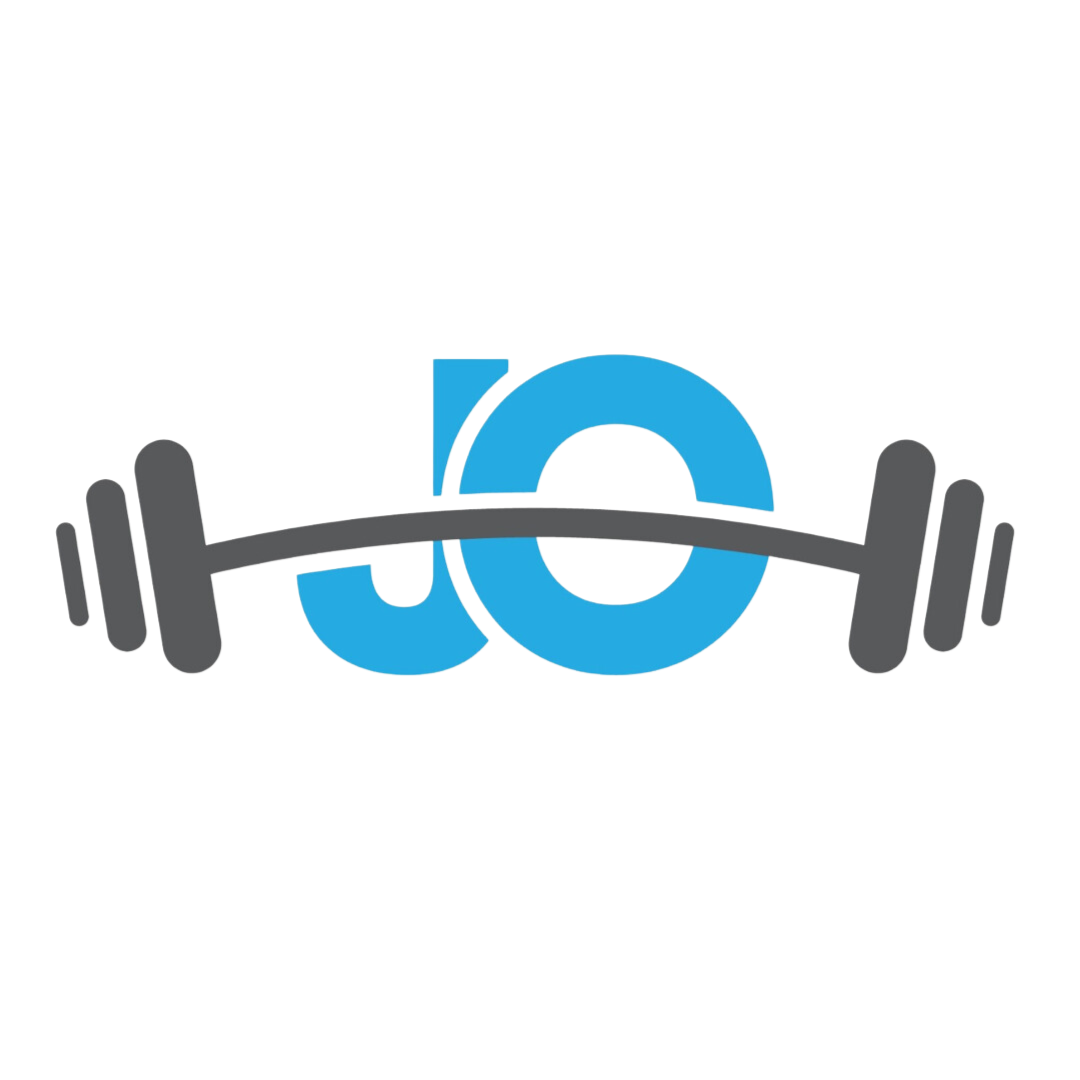What are Macronutrients?
What is the deal with carbs, protein and fats?
You may have heard the term macronutrients being tossed around lately. I can assure you that it’s not the latest diet trend. In fact, macronutrients are something we’re actually all familiar with. . . Macronutrients are those nutrients we need to eat a lot of: carbohydrates, proteins, and fats. The most common macronutrient (and usually the most loved) is carbohydrates. I want you to say this with me- carbohydrates are not the enemy. Your overnight oats and whole grain bread serve as fuel for your workout and daily routine. Carbohydrates are converted to glucose which provides energy for the human body. Even our brains function best when fed glucose from carbs. Carbohydrates provide us with easy access energy, naturally. Use it!
Carbohydrates mainly get their bad rap when too much of a low-nutrient dense carb is consumed. Have a baked potato today. Tomorrow, have the same amount of potato but in the form of french fries.
Which meal was more filling?
It’s easy to overindulge when it comes to carbohydrates, especially the low nutrient ones. . . (cover those carbs in salt or sugar and it’s even more tempting). When you eat your body turns all carbohydrates into accessible glucose, and the back up glucose stores called glycogen are filled secondarily. After the stores are filled, the excess is converted to fatty acids and stored away.
Protein is next up on the list of macronutrients. Protein is the handyman of the human body. Whether we are recuperating from the common cold or recovering muscles after an intense workout, protein is essential for healing efficiently. The enzymes made from the protein we consume are also needed for energy and digestion. In fact, some hormones are made from the building blocks of protein as well. Everyone needs that base protein intake for all these functions to occur. This is easily calculated by taking your weight in kilograms and multiplying it by 0.8 for protein in grams. It can be simple to make sure it’s in adequate amounts in the diet with foods like beans, quinoa, and fish.
Now for the fun one, fat! There’s a lot of fat talk these days. Healthy fats, unhealthy fats, saturated fats, unsaturated fats? The various types of fats can lead to an overwhelming wealth of information and a lot of misinformation. Let’s get one thing straight. Fat is not bad for you. However, too much fat, whether it’s healthy and full of omega-3s or not, is not a good thing. Here’s why. . . Fat has 9 calories for every gram compared to carbohydrates and protein which only have 4 calories for every gram. Let’s say you have 10 g of fat, you just consumed 90 kcals compared to 10 g of carbohydrates which is only 40 kcals. It’s no wonder the saying goes “Fat makes you fat”.
Still, we need fat for hormone function, absorbing nutrients, energy and proper cell growth. The best thing to do is to be conscious of what is higher in fat and how to incorporate it into the diet correctly. Try minimizing the fats from animal products, like whole milk, butter, and cheese. Also, use your fats as a flavor enhancer and not the main part of the meal. Dress up salads with olive oil and nuts (healthy, unsaturated fats!), or switch things up and add coconut oil to your rice cooker for flavor.
After reading this, take a look at your next plate. How is it balanced? Your daily distribution should be 45-65% carbohydrates, 15-35% protein and 25-35% fat (I like to stay below 30%). That may sound very technical but this can be easily figured out by tracking your food for a day or two with an online food diary like www.myfitnesspal.com. Once you see how you’re eating, it gives you a clear idea of where to make adjustments.
If you want to start off this lifestyle change by making sure you’re eating enough (or too much), you can use this calculator here. This can give you an idea of what your daily intakes should be.
Does this still seem overwhelming?
My goal is to help you feel your best through food and fitness.
Make an appointment with me to talk more about nutrition and fitness goals.
Anyone can do it and anyone can do it on their own it just takes installing the right lifelong habits.
